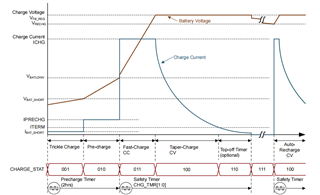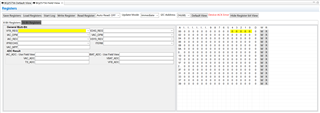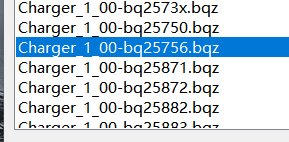Other Parts Discussed in Thread: BQSTUDIO, EV2400, BQ76907, , BQ25756
Tool/software:
Hello TI team,
Recently I have been using the BQ25756E for my personal PCB circuits, previously I tried using a pure resistor programming mode, now I want to make an attempt at I2C programming, at the moment I have the following
questions:
Resistor Programming:
Does the charging curve of the chip when I use a constant voltage load as an output match the graph below?

I2C Programming:
1. I use EV2400 to program I2C with BQstudio, do I need to connect only three ports SDA,SCL,GND when programming EV2400?
2. In bqstudio, when I need write I2C data into the chip,should I set BQ25756E to select the corresponding charger and then select the I2C address as D4(6A) and click 'find view', and then set the corresponding value in '16 bit registers' and then click 'write register' ?
3.Do I need VAC voltage on to write I2C data? Or just CE enable?
3. Is it possible to read the data by clicking 'Read Register' when the chip is working?
4. I would like to further add a balance charging monitoring module to the periphery of the BQ25756E, do you have a recommended product model?
Thanks in advance!



